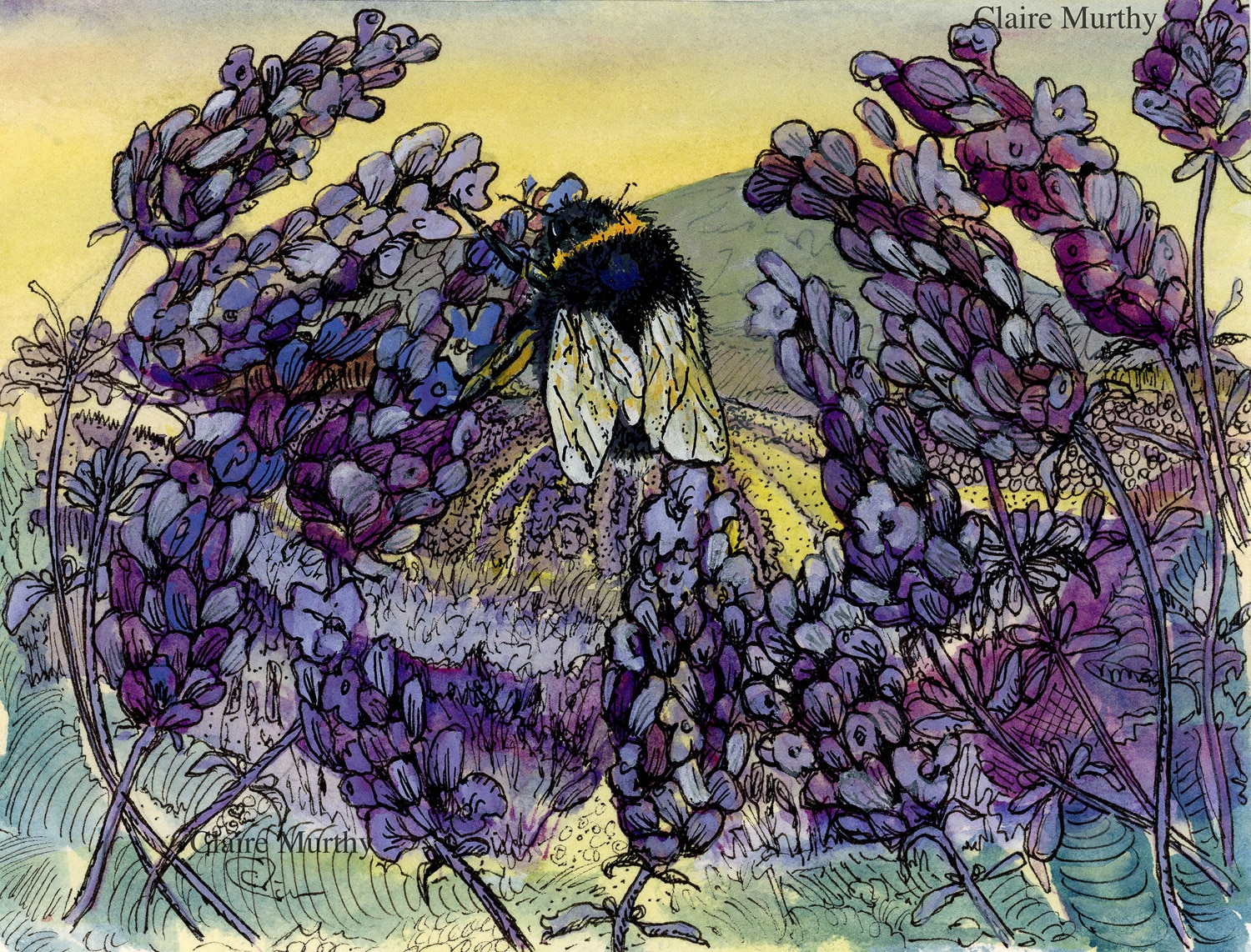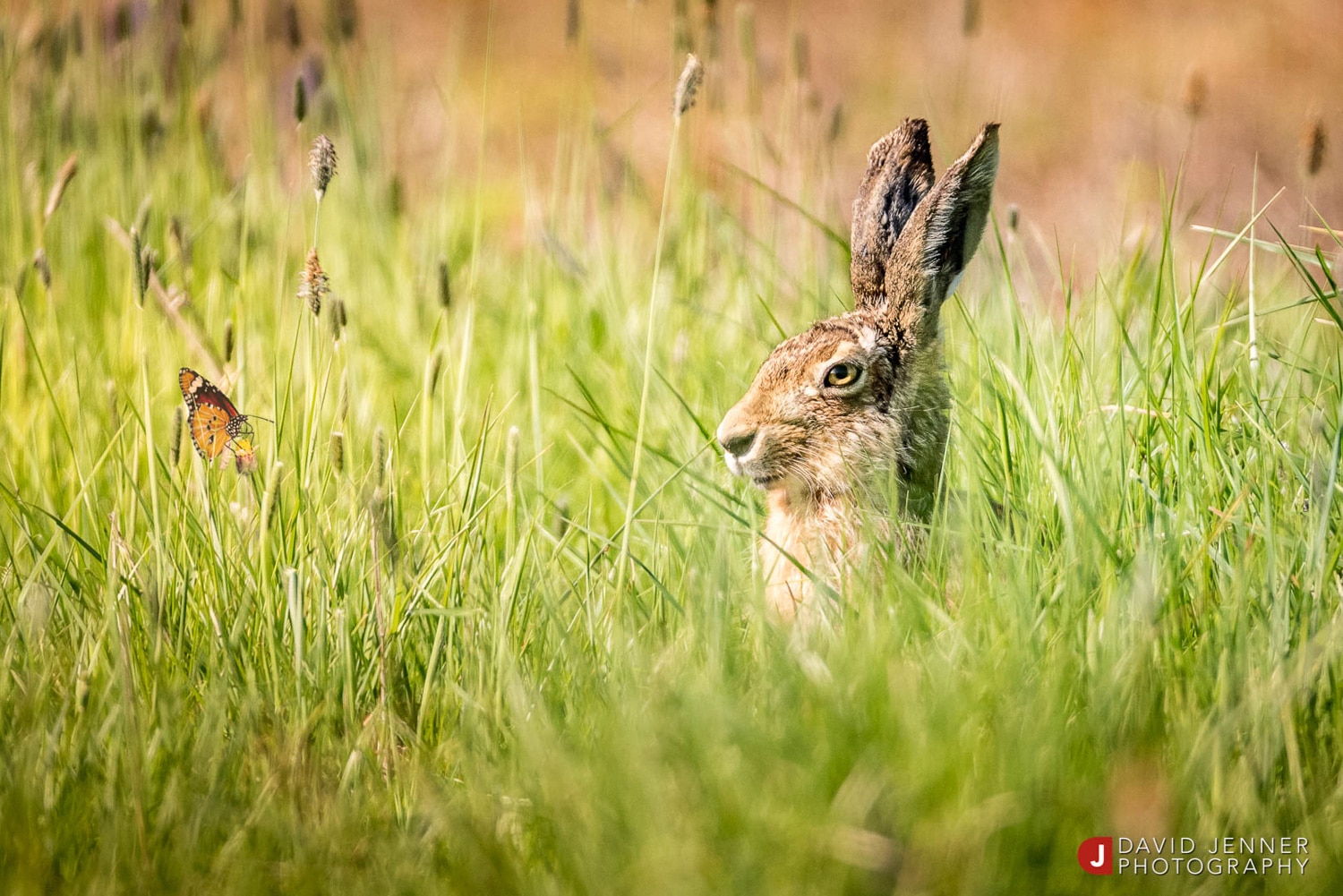Reminding all budding artists to pick up their canvas and capture Cranbrook
This summer saw the launch of Capturing Cranbrook, an art-led programme looking to celebrate the natural landscape of the treasured Kent town. Hosted by local developer, Berkeley, the initiative is calling creatives of all stripes to showcase Cranbrook through their eyes – through lens or on canvas – and have a chance to feature in a special exhibition.
The programme has kicked off with a photography competition in partnership with award-winning wildlife photographer, David Jenner, which has seen aspiring photographers capture everything from animals, flowers, landscapes through to woodland creatures.
Now in full swing, is the nature art competition, which is inviting enthusiastic artists of all ages to get creative and capture Cranbrook’s natural world, landscapes, fauna and flora. Berkeley has partnered with Claire Murthy, a Kent-based painter and illustrator, who specialises in capturing the wildlife residing in Kent’s gardens and local countryside.
The competition will comprise the following two categories, with the winners of each category awarded a professional arts materials bundle worth up to £150!
The competition will be judged by a panel of three judges, including Claire Murthy herself, a Berkeley representative and a figure from Times of Tunbridge Wells.
Categories
Beginners – open to those looking to explore their artistic talents but are new to drawing
Intermediate – open to those with experience in illustration looking to hone their skills and perfect their talent
How to enter
Submit your entry via this dedicated website: https://www.berkeleygroup.co.uk/developments/kent/cranbrook/farmstead-at-tannersbrook/capturing-cranbrook. Here, full competition T&C’s can also be found. The competition is open with final submissions to be sent by Wednesday 19th October.
In sharp focus: Wildlife Photography Competition
Time running out to enter the ‘Capturing Cranbrook’ wildlife photography competition – so don’t forget the deadline is October 12.
Local developer, Berkeley, is inviting you to take part in a brand-new wildlife photography competition celebrating Cranbrook. From buzzards, beetles and butterflies through to owls, Capturing Cranbrook will be asking local amateur photographers to pick up their cameras or iPhones and submit their best wildlife pictures.
David Jenner, as part of a panel of three judges, comprising a Berkeley representative and a figure from Times of Tunbridge Wells, will be selecting the best pictures with fantastic prizes up for grabs.
The competition will comprise the following categories, with the winners of each awarded a £300 voucher to Jessops, a leading UK photographic company specialising in printing and specialist photography equipment.

Categories
11-15 year olds: open to those with a fledgling interest in photography and/or nature
16+: open to those with basic experience looking to develop this further
How to enter
Submit your entry via this dedicated website, where full competition T&C’s can also be found. Final submissions are to be sent by Wednesday 12th October. https://www.berkeleygroup.co.uk/developments/kent/cranbrook/farmstead-at-tannersbrook/capturing-cranbrook
Be inspired
HERE ARE Artist CLAIRE MURTHY’S 5 TOP TIPS for success…
Paint what you love – love what you paint
Find your niche; whether that’s trekking through the jungle or the back-garden weeds – enjoy using artistic licence.
Know your subject’s anatomy, habits and habitats through workshops, interest groups, books and other resources. Explore how wildlife is represented in art, including the mediums used – consider styles you can try out. Confidence in painting what you know will shine through your art.
Before reaching for the pencil – stop, look and think
Prepare a mental picture of the wildlife you want to draw and how to portray it. Observe its shape and how to simplify it for sketching. Note ways to present its significant colours in your finished piece. Consider how to manage your reference sketches – on loose sheets or perhaps in a nature journal.
Thinking ahead will help achieve your goals.
Beware of disappointment – ignore doubters and doubts!
Work loosely and lightly to capture motion and form. Quickly move between sketches; repeatedly update and refine gesture lines, shapes, proportions, and angles. Use techniques like hatching and colour for extra detail. Initial results may feel disappointing but each sketch will build a mental store of images, right and wrong – helping you create art you are pleased with.
Make it real – whatever the detail
Decide how much effort and time to commit. Work loosely, blocking in areas, or slowly add layers and details with finer brushes.
Save time on individual hairs and feathers by painting or drawing clumps. Notice the direction of the fur and feathers. Ensure whiskers shine with a bold but delicate ‘swoosh’ and add a dash of white to bring the eyes to life.
Beyond the camera – the bigger picture
When a good photo doesn’t make for a good painting – try creating your own background.
Use thumbnail sketches and other references for ideas – vary colour and detail to adjust depth, light and shade. A constructed composition may relate to the subject better than one photographed – and develop drawing skills.
Plenty of rests will help highlight any errors.
Enjoy your art and create something you love!








